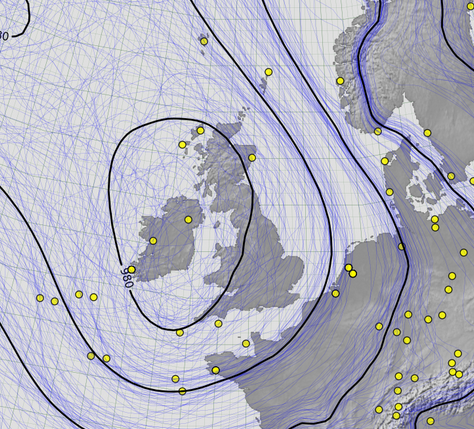Practicalities: opportunities and limitations¶
The value in additional digitisation is large and uncontroversial. We would do much more of it, except that it is time-consuming, tedious, and expensive. Practical questions of what is easiest to do can be as important as any consideration of scientific value.
- Working in archives is difficult. Document collections are often bulky, cumbersome, and fragile - they take skilled handling. Space is limited, archive staff are few, and archive-trained researchers are not easy to find. As far as possible, photograph records and work with the resulting digital images. For large and complex document collections, this photography may take a long time, even if funds are available for it.
- We are accumulating hundreds of thousands of digital images, many of which have yet to be transcribed. These need archiving in a way which makes them available to researchers, now and in the future, both individually and in bulk. This process requires further research and additional funding.
- Transcription of weather data from the images is slow and expensive.
- Data rescue is not complete until the observations are available to users. This means adding them to appropriate national and international databases. These databases are in a poor state.
This means that data rescue projects should be judged not solely on the quantity of observations recovered, but also on their contributions to improving the process of recovery. We should experiment with new tools and processes to do the work.
In the short term, we should concentrate on data sources where these practical problems are least severe: document sources already imaged or easy to image, easy to read and transcribe, and where there are functional databases to store and share the resulting observations.
